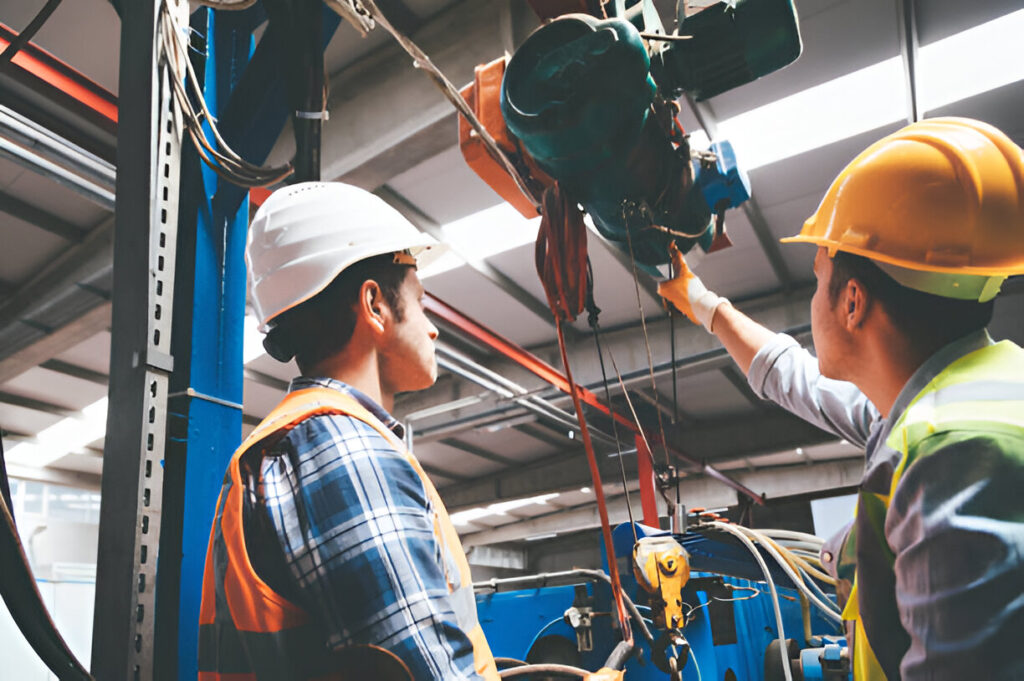Ensuring that your lifts are safe, reliable, and compliant is a top priority. With many service providers available, you need a clear, actionable plan to make an informed decision. Use this checklist to guide your evaluation and avoid unexpected pitfalls.
Contents
Verify Certifications & Compliance
- BCA Registration: Confirm that your provider is a Building and Construction Authority (BCA)-registered contractor. Such contractors like Hin Chong will be listed in the BCA’s online directory of registered lift contractors.
- Technician Qualifications: Check that the maintenance team holds the necessary certifications, such as a Certificate of Competency (CoC) in Lift Maintenance. These credentials are critical indicators of technical expertise.
- Additional Certifications: Ask if the company has pursued extra certifications or undergone audits to validate its adherence to safety and operational standards.
- Documentation Proof: Request to review current certification documents. Confirm that all qualifications are up-to-date, including expiration dates.
Assess Expertise & Experience
- Experience with Your Lift Types: Inquire about the specific lift brands and models the provider has worked on. A company familiar with your system is more likely to deliver tailored, effective maintenance.
- Client References and Case Studies: Request references or detailed case studies of similar projects. Real-world examples and documented success stories can help you assess their performance history.
Understand the Scope of Maintenance Services
- Service Range: Ensure the maintenance contract covers everything you need, from routine inspections and parts replacement to emergency breakdown protocols and annual regulatory inspections. Check out detailed information on lift maintenance services by Hin Chong if you want to see how a professional company approaches these tasks.
- Maintenance Control Plan (MCP): Ask about their approach to developing an MCP. A proactive plan that addresses both routine upkeep and the timely replacement of critical components can significantly reduce the risk of breakdowns.
- Emergency Response: Confirm that the provider offers 24-hour emergency services. Ask for clear, documented commitments on response times for urgent issues, such as lift breakdowns or lift mantrap incidents.
- Sourcing Spare Parts: For older lift models, discuss how they source replacement parts. A reliable strategy may include working with supplier networks or keeping stock of common components, ensuring that your lifts remain operational even when original parts are scarce.
- Record-Keeping Practices: Verify that the company maintains comprehensive maintenance logs for at least five years. This is essential for compliance audits and can provide valuable historical data in case of an investigation.
Review Pricing & Contract Terms
- Additional Costs: Clarify whether the quoted price covers all services. Ask about potential extra charges for items like sourcing obsolete parts or emergency repairs, so you’re not caught off guard later.
- Contractual Details: Go over the terms and conditions carefully. Key points include:
- Termination clauses and notice periods
- Exit fees or penalties for early contract termination
- Payment terms, including timelines and provisions for late payments
Understanding these details ensures that you maintain uninterrupted lift maintenance even during payment disputes.
Pro Tip
Before finalizing any contract, take a step back and evaluate how each aspect of this checklist addresses your unique requirements. Don’t hesitate to ask for clarification on any points; a transparent provider will appreciate your diligence and be eager to ensure your peace of mind. Check out how to evaluate your lift maintenance company for further elaboration on this topic.



